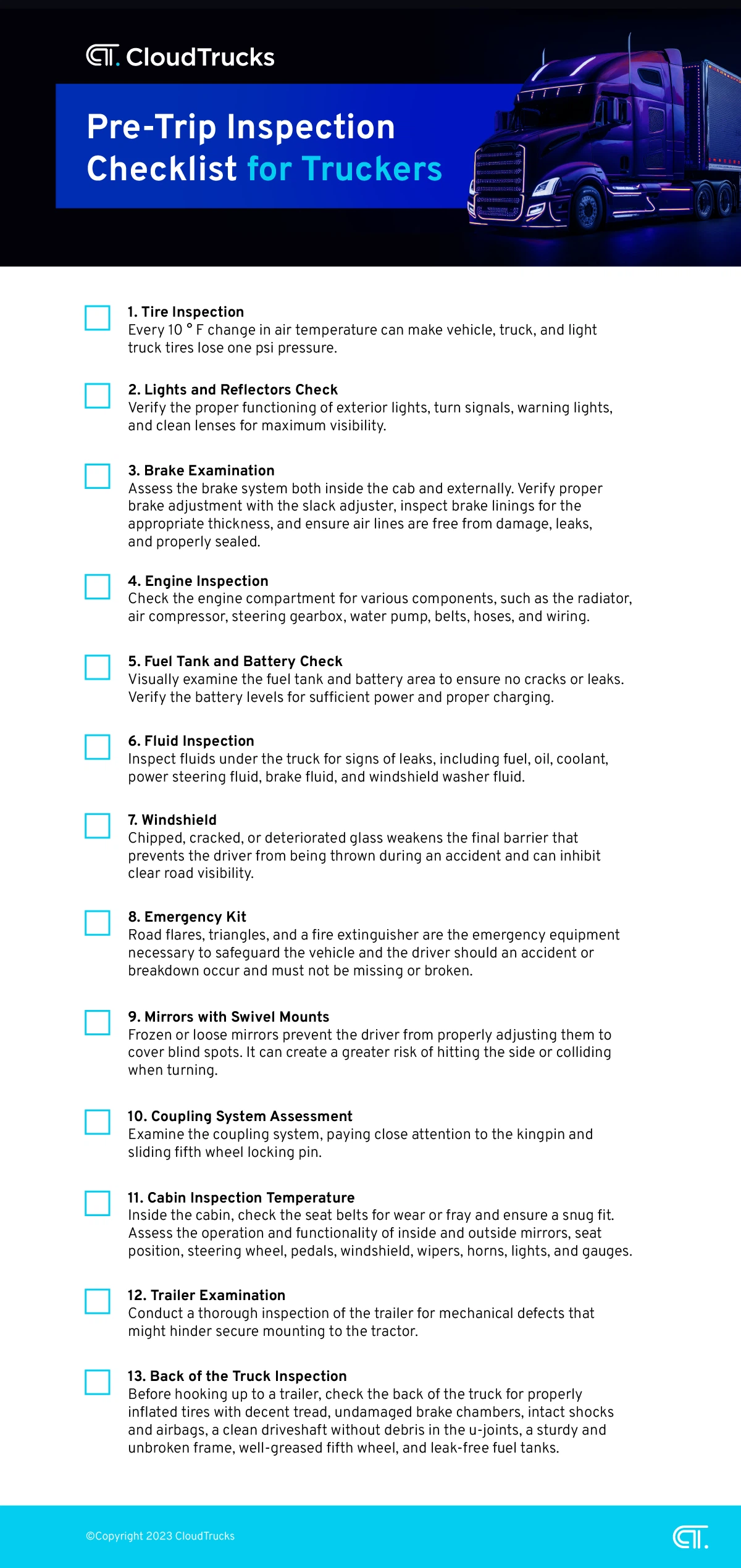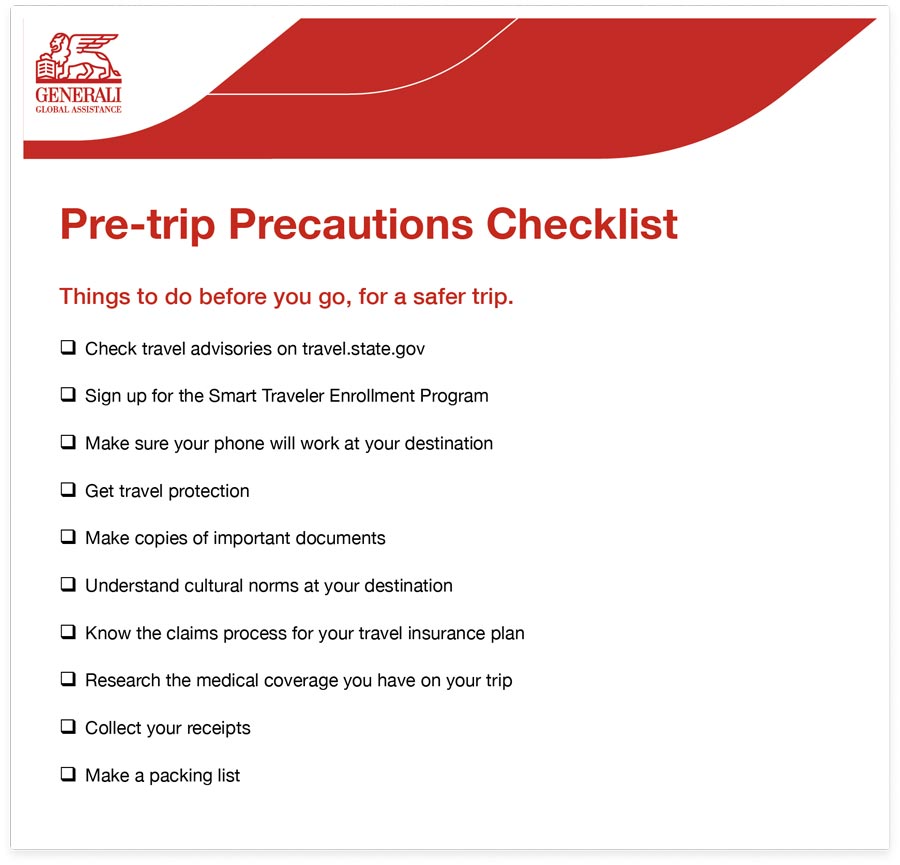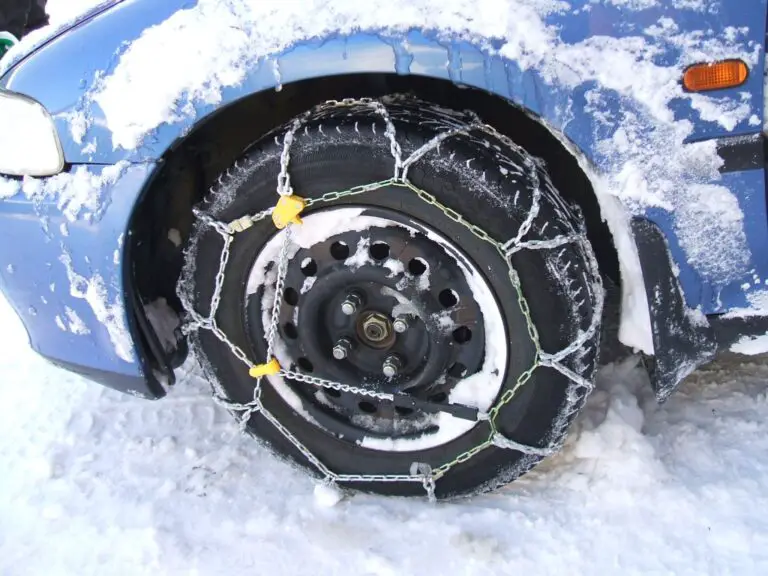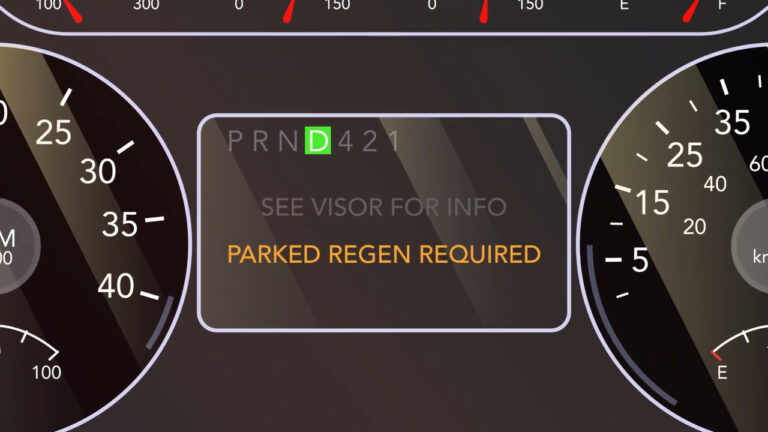
A pre-trip inspection should typically take about 30 to 45 minutes to complete thoroughly. This time frame allows for a detailed check of all crucial components before hitting the road, ensuring safety and compliance.
When it comes to the pre-trip inspection of a commercial vehicle, it’s essential to allocate sufficient time for a comprehensive assessment. From examining the engine oil level to checking brake linings and radiator hoses, every aspect plays a critical role in ensuring the vehicle’s roadworthiness.
The thorough inspection helps identify potential issues that could lead to breakdowns or accidents, emphasizing the importance of dedicating at least half an hour to this essential task. By following a detailed checklist and methodically inspecting each component, drivers can enhance safety on the road and comply with regulatory requirements.

Credit: truckstop.com
Navigate As You Want:
Importance Of A Pre-trip Inspection
Performing a pre-trip inspection is crucial for ensuring safety and compliance with regulations. It helps in preventing breakdowns and delays by identifying potential issues beforehand. Each step of the inspection, including checking fluid levels, brakes, and engine oil, is essential for the overall maintenance of the vehicle. Additionally, ensuring the presence of an emergency kit, fire extinguisher, and warning hazard triangles is a legal requirement to carry. Memorizing the pre-trip inspection process involves breaking down the information into manageable parts and familiarizing it with existing knowledge. The time taken for the pre-trip inspection depends on the thoroughness of the process and compliance with FMCSA rules, highlighting its significance in the trucking industry.
Components Of A Pre-trip Inspection
Do you wonder how long a pre-trip inspection should take? In this guide, we break down the components of a pre-trip inspection, including light tests, brakes, fluid levels, and more. By following this checklist, you can ensure a thorough inspection while saving time.
| During a pre-trip inspection, it is crucial to thoroughly check the exterior of the vehicle. Inspect lights, tires, mirrors, and overall condition. |
| For the interior inspection, focus on ensuring all controls, gauges, and safety features are working correctly. |
| Under the hood, examine fluid levels, belts, hoses, and engine components meticulously for any signs of wear or damage. |
Guidelines For Performing A Pre-trip Inspection
When performing a pre-trip inspection, it is important to note that the length of time it takes can vary depending on the size and condition of the vehicle. Generally, a thorough pre-trip inspection should take approximately 30-50 minutes to ensure all critical components are examined for safety and compliance purposes.
Consulting the manufacturer’s guidelines and considering the specific conditions of the vehicle can also help determine the appropriate duration for a pre-trip inspection.
| Perform a comprehensive pre-trip inspection in efficient manner. |
| Start with the basic components: lights, brakes, fluid levels, and more. |
| Focus on key areas like under the hood, suspension, brake linings, and more. |
| Make use of a checklist to ensure no crucial steps are overlooked. |
| Memorize by breaking down from big picture to specific details. |
| Allocate adequate time for the pre-trip to ensure thorough inspection. |
Factors Affecting The Duration Of A Pre-trip Inspection
The duration of a pre-trip inspection can vary based on experience and familiarity with the vehicle, the type of vehicle, and the condition of the vehicle.
Recommended Time Frame For A Pre-trip Inspection
Recommended Time Frame for a Pre-Trip Inspection:
An industry standard for a pre-trip inspection is approximately 30 minutes. This allows enough time to thoroughly examine all essential components of the vehicle, ensuring safety and compliance with legal requirements.
The Federal Motor Carrier Safety Administration (FMCSA) mandates that all commercial drivers must perform a pre-trip inspection before every trip. This includes checking fluid levels, lights, brakes, engine oil, radiator, hoses, and more. It is vital to allocate enough time to execute this inspection meticulously.
During a pre-trip inspection, it is crucial not to overlook items like emergency kits, fire extinguishers, warning hazard triangles, and spare circuit breakers and fuses. The law mandates carrying an emergency kit, as it can save lives in unforeseen circumstances.
Memorizing a pre-trip inspection is easier when breaking down the process into smaller segments. Starting with the larger components and then delving into the details while utilizing familiar references can aid in comprehending and recalling the necessary information.
In conclusion, a pre-trip inspection should take approximately 30 minutes to ensure a thorough examination of the vehicle and compliance with legal requirements.

Credit: www.generalitravelinsurance.com

Credit: www.michiganautolaw.com
Frequently Asked Questions On How Long Should A Pre Trip Take
What Is The Item Most Commonly Overlooked During A Pre-trip Inspection?
The emergency kit is often overlooked during pre-trip inspections. It’s crucial for safety and required by law. Include items like a fire extinguisher and warning triangles.
How Do You Memorize A Pre-trip?
To memorize a pre-trip, start by breaking down the main points into simpler terms and relate them to familiar concepts to enhance retention.
How Many Minutes Is A Post-trip?
A post-trip usually takes around 10 to 15 minutes to complete. It involves checking the vehicle for any damage or issues after a trip.
What Is The Fmcsa Pre-trip Rule?
The FMCSA pre-trip rule refers to the requirement for commercial truck drivers to perform a thorough inspection of their vehicle before starting their journey. This inspection includes checking various aspects such as brakes, fluid levels, lights, tires, and emergency equipment.
The purpose of the pre-trip inspection is to ensure the safety and compliance of the vehicle and prevent any potential issues on the road.
Conclusion
In wrapping up, the length of a pre trip inspection will ultimately depend on the thoroughness required for the specific vehicle. It’s crucial to conduct a comprehensive inspection to ensure safety and compliance with regulations. With proper training and practice, drivers will find a balanced approach that ensures both efficiency and accuracy in performing pre-trip inspections.


